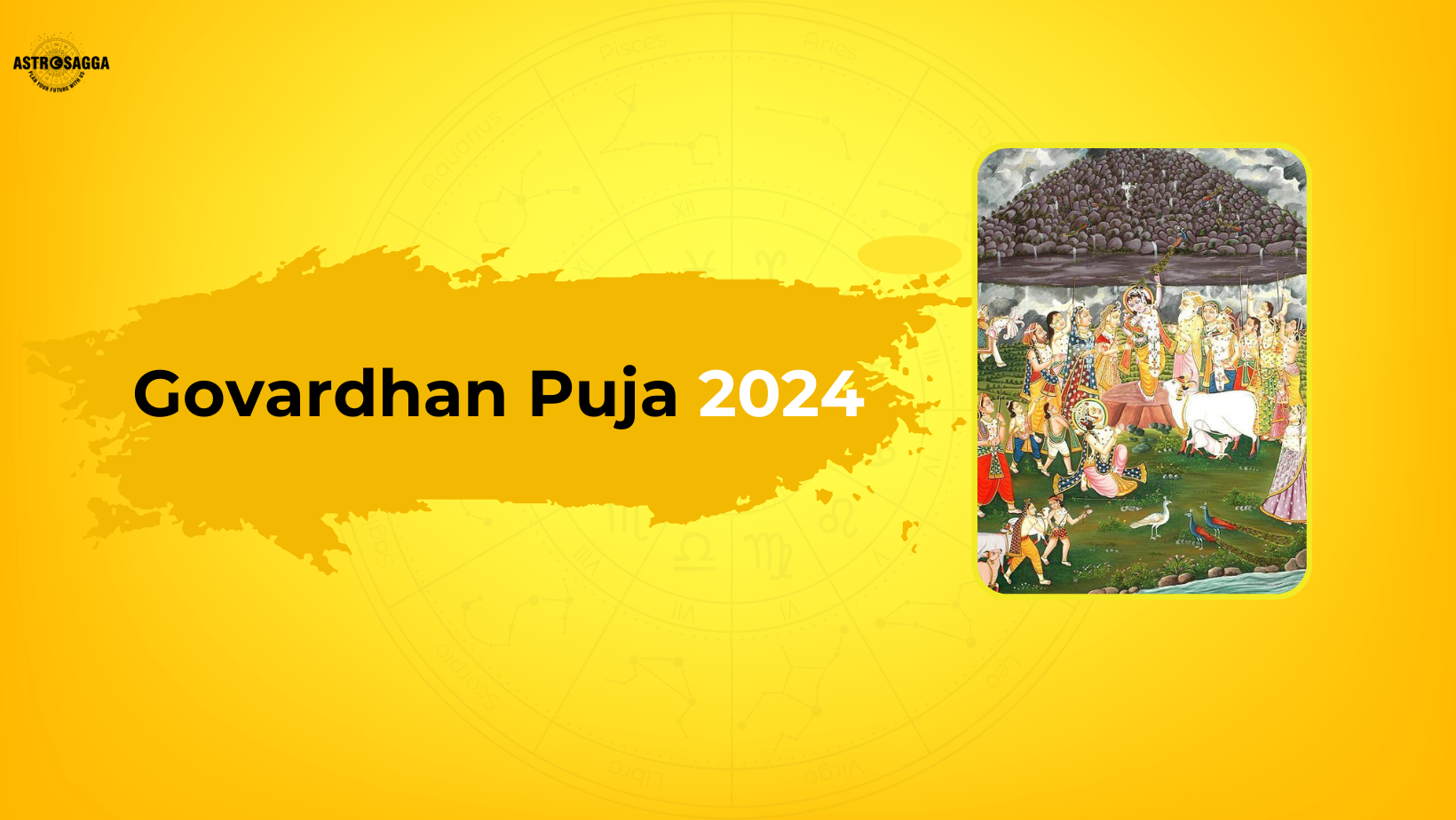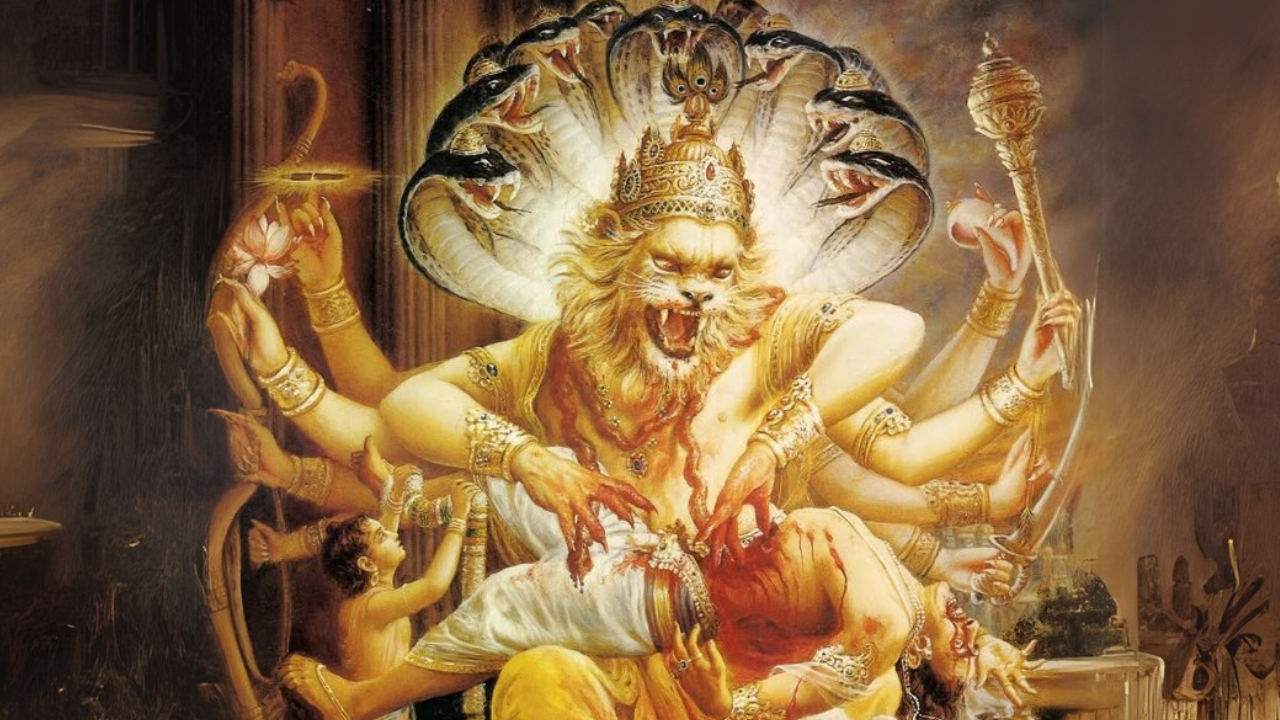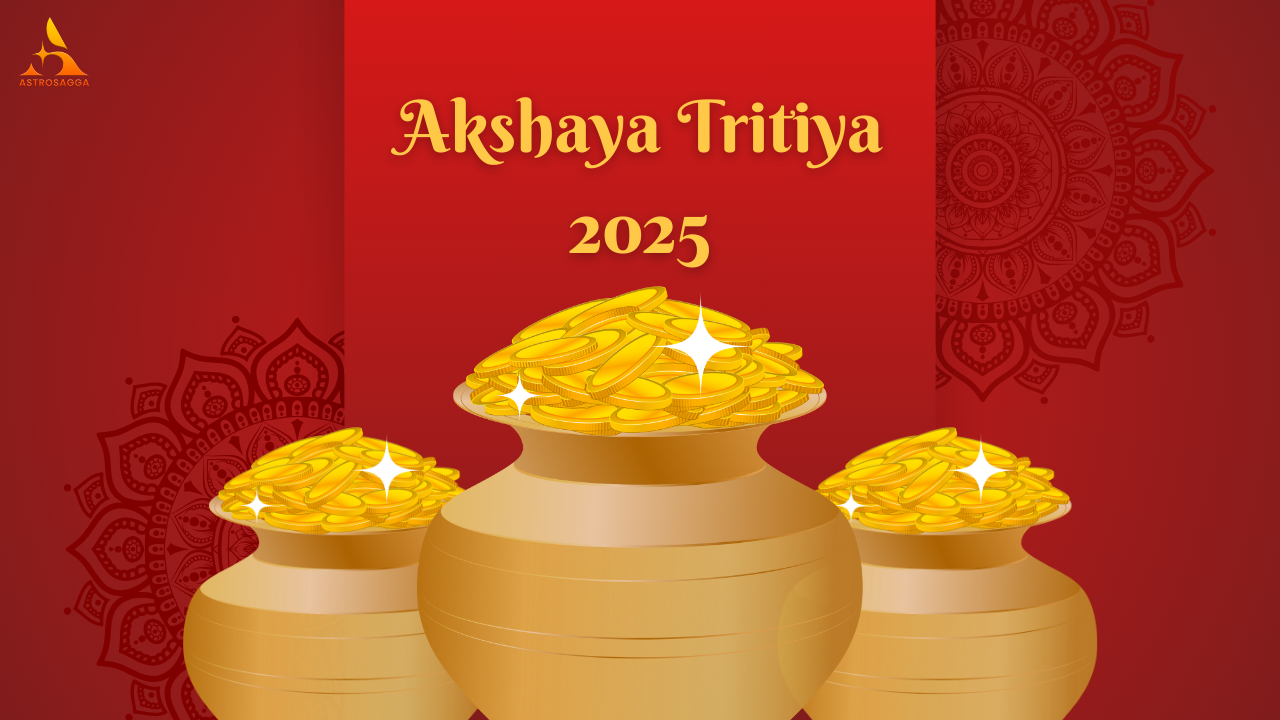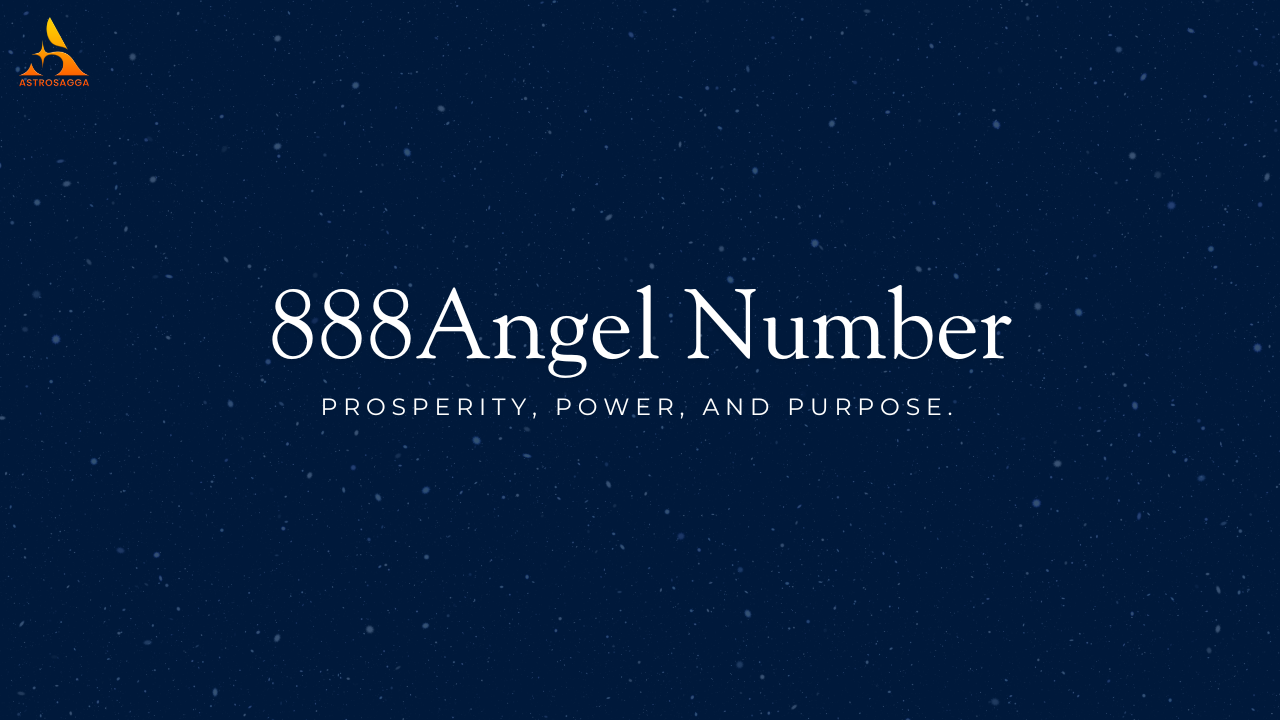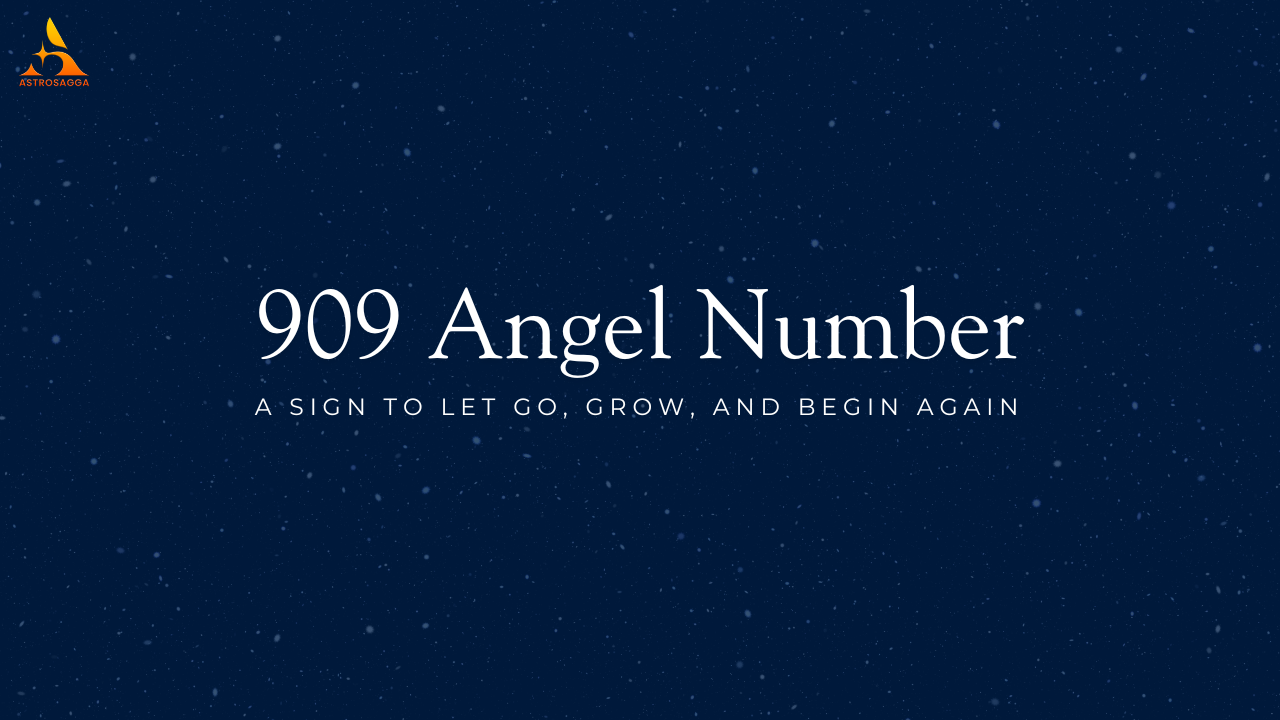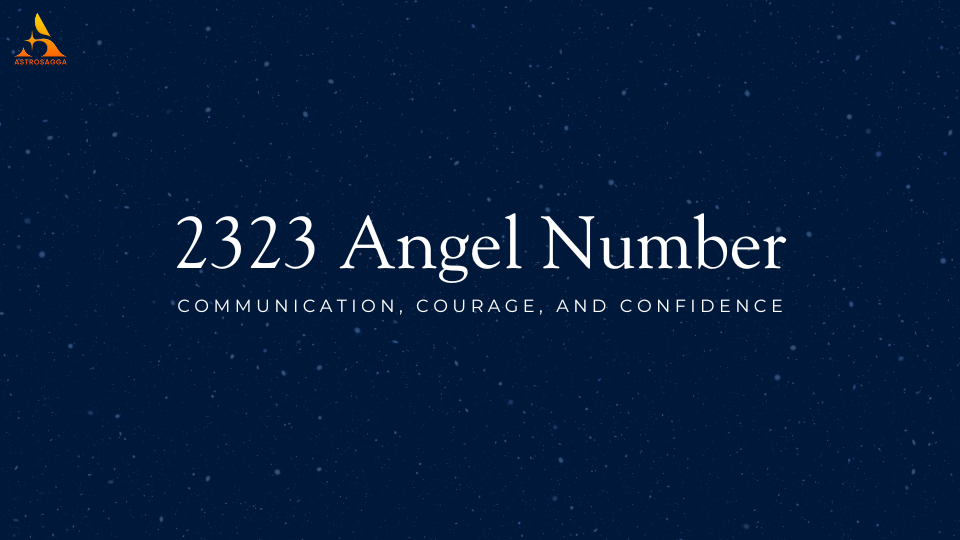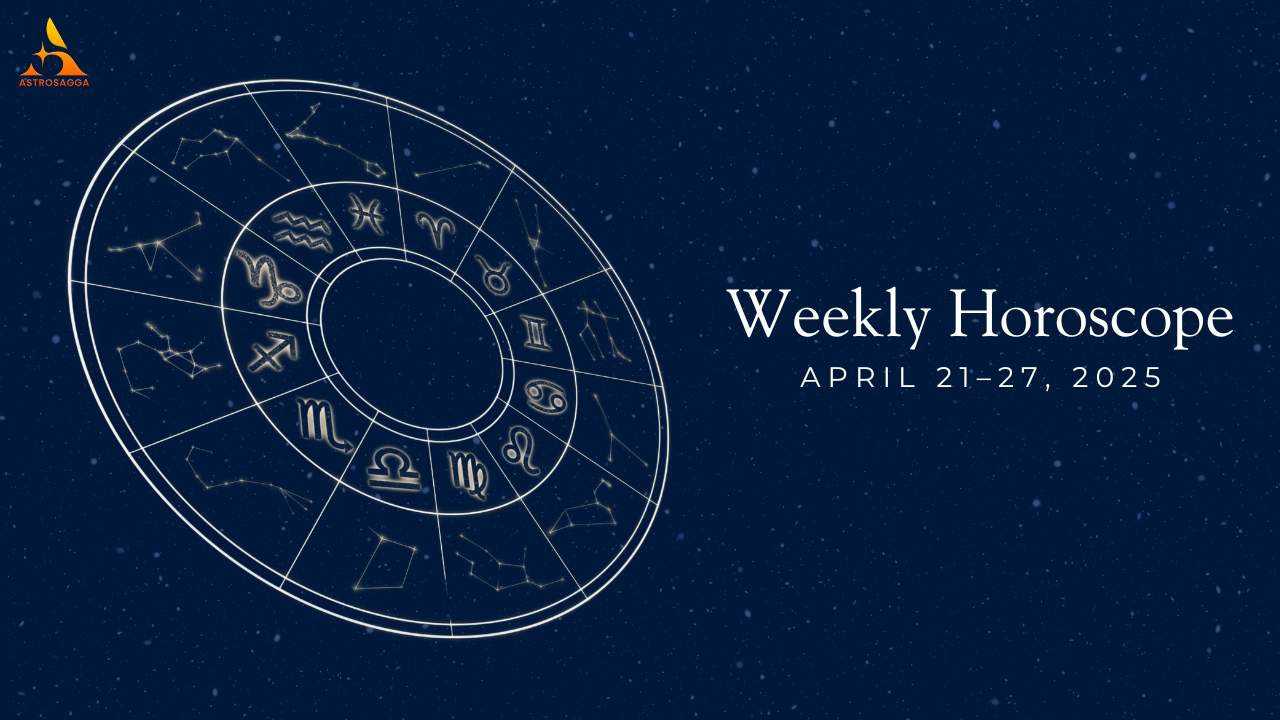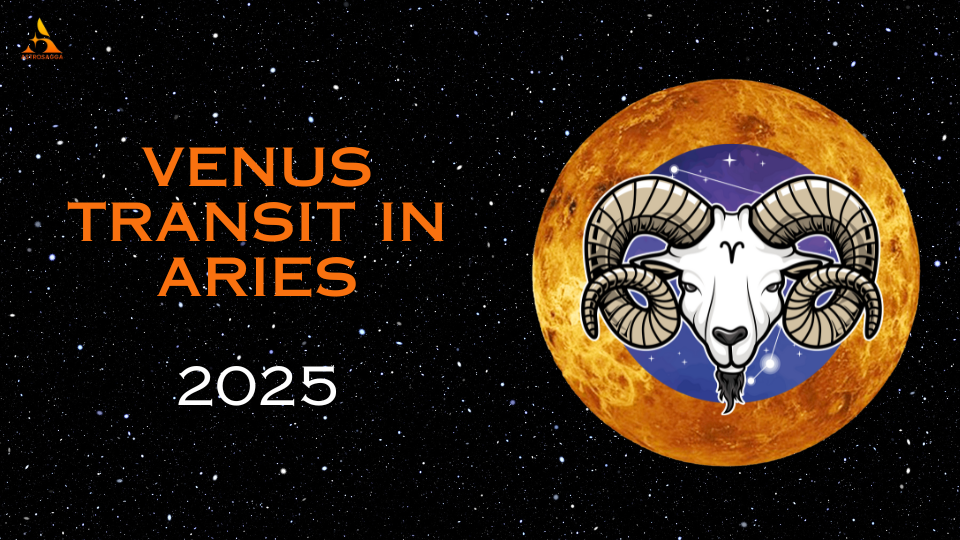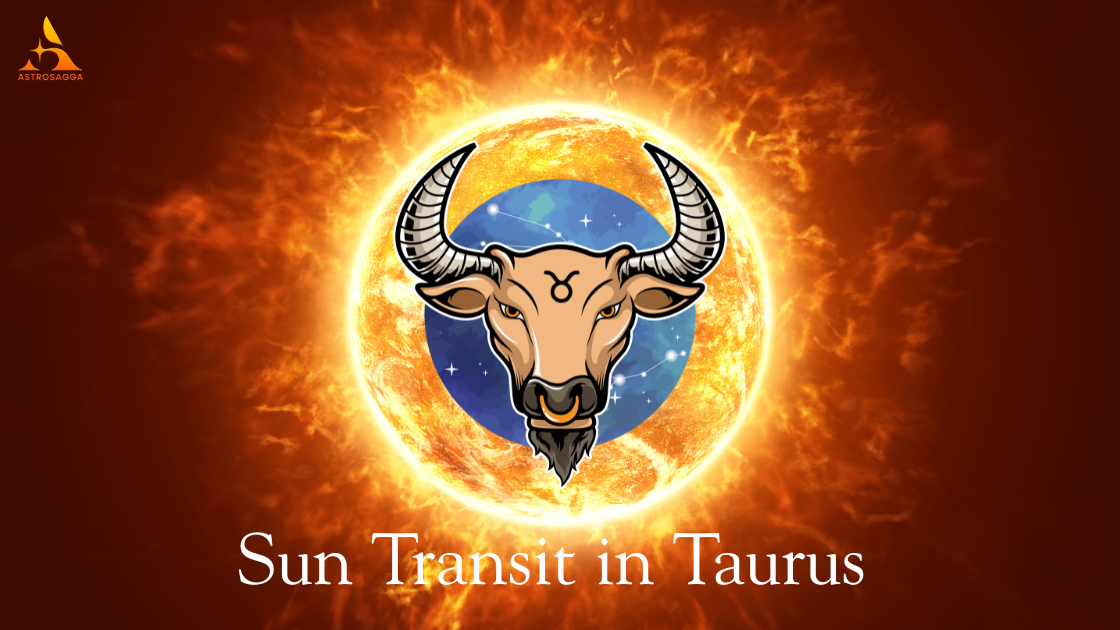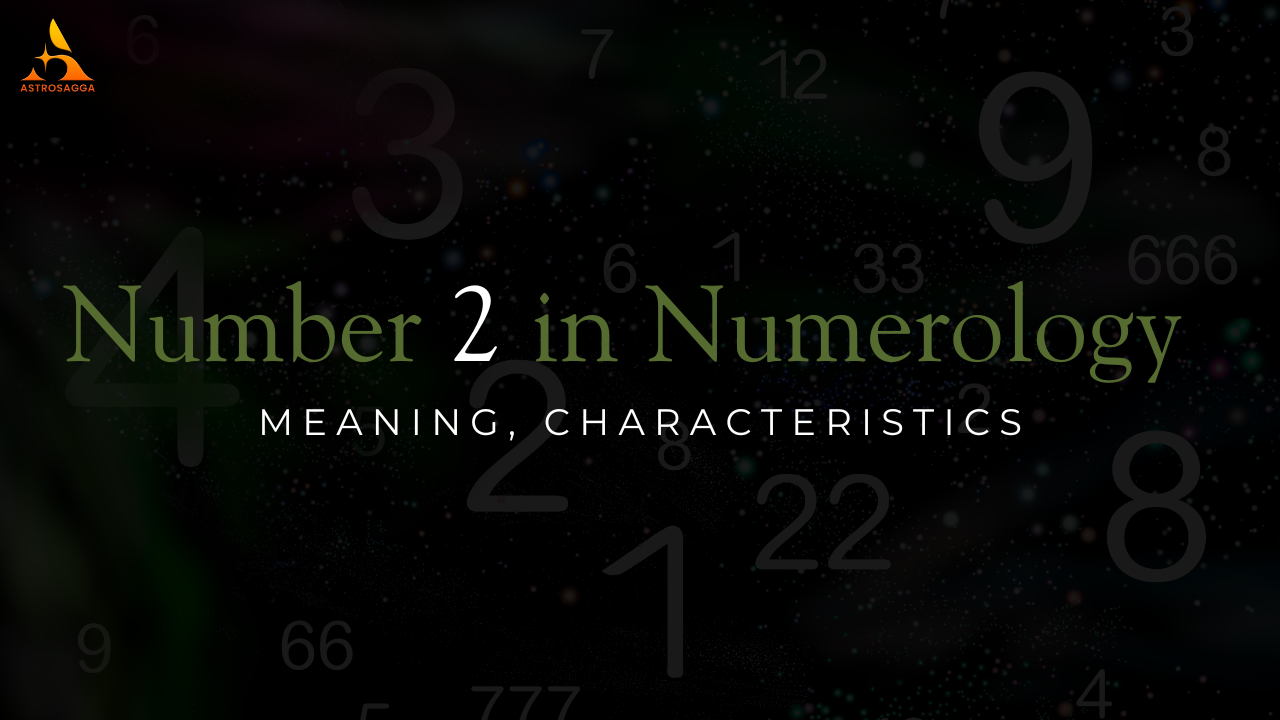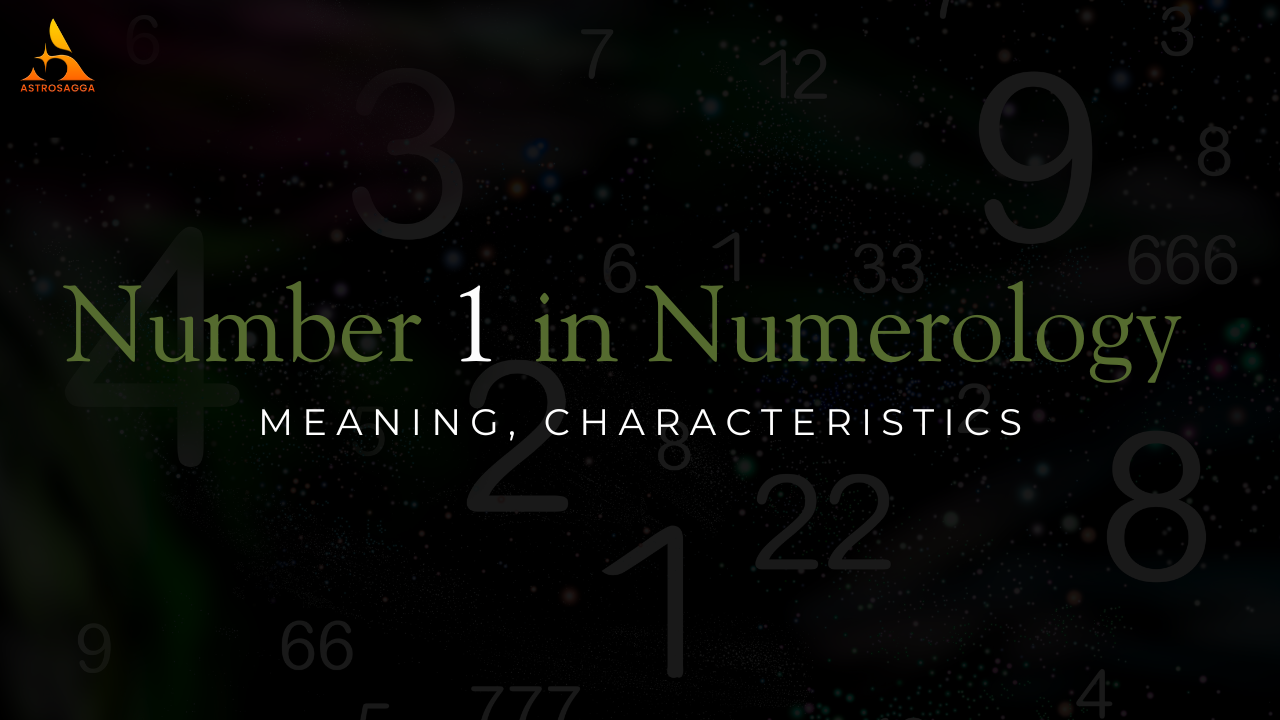Govardhan Puja, also known as Annakut Puja, is a significant festival observed by Hindus across India. This festival falls a day after Diwali and is celebrated with great devotion, particularly in the northern states of India. It commemorates the day when Lord Krishna lifted the Govardhan Hill to protect the people of Vrindavan from the wrath of Lord Indra, the god of rain and thunderstorms.
In 2024, Govardhan Puja will be celebrated on Saturday, November 2. The auspicious timings or muhurat for performing the puja are considered crucial for gaining maximum spiritual benefits. Here is everything you need to know about the date, muhurat, and significance of Govardhan Puja.
Govardhan Puja 2024 Date and Muhurat
Govardhan Puja: Saturday, November 2, 2024
Pratahkal Muhurat: 06:34 AM to 08:46 AM
Duration: 2 hours 12 minutes
Sayankal Muhurat: 03:23 PM to 05:35 PM
Duration: 2 hours 12 minutes
Dyuta Krida: Saturday, November 2, 2024
The Pratahkal Muhurat is ideal for performing the morning Govardhan Puja rituals, while the Sayankal Muhurat is best for evening prayers. It is believed that worshipping during these specific hours ensures the grace and blessings of Lord Krishna.
The Legend Behind Govardhan Puja
The story of Govardhan Puja revolves around an event described in the ancient scriptures of Hinduism. According to the Bhagavata Purana, Lord Krishna once saw the people of Vrindavan preparing to offer a large feast to Indra, the god of rain. Krishna questioned this tradition and convinced the villagers to instead worship the Govardhan Hill, which provided them with essential resources like food, water, and shelter.
This angered Lord Indra, who unleashed a devastating storm upon the village. To protect the villagers, Krishna lifted the Govardhan Hill with his little finger, providing them with shelter from the storm for seven days. Overwhelmed by Krishna's divine powers, Indra stopped the storm and acknowledged the importance of Govardhan Hill.
How Is Govardhan Puja Celebrated?
Govardhan Puja is primarily marked by the preparation of a vast array of food, also known as Annakut, meaning "mountain of food." Devotees create a large mound of food items symbolizing Govardhan Hill, which is offered to Lord Krishna. This ritual highlights the importance of nature and the bounties it provides.
Key Rituals of Govardhan Puja
Annakut Preparation: Devotees prepare a large variety of vegetarian food, sweets, and other delicacies. These are offered to Lord Krishna as a token of gratitude for his protection and blessings.
Govardhan Parikrama: Many devotees perform a parikrama (circumambulation) of the Govardhan Hill in Mathura. Those who cannot visit the hill replicate the ritual at home by walking around small representations of the hill, created using cow dung or clay.
Offering Cow Dung Cakes: In rural areas, worshippers create models of Govardhan Hill using cow dung, symbolizing Krishna's connection with the natural world. These models are decorated with flowers and offered prayers.
Bhajans and Kirtans: Devotional songs dedicated to Lord Krishna are sung in praise of his divine act. Temples organize special kirtan sessions where devotees come together to sing and dance in Krishna's honor.
Spiritual Significance of Govardhan Puja
The celebration of Govardhan Puja is a reminder of Krishna's teaching that nature should be revered and preserved. It also symbolizes his message of humility and protection. By lifting Govardhan Hill, Krishna not only protected the people from Indra’s wrath but also demonstrated that ego and arrogance, symbolized by Indra’s pride, must be overcome.
Moreover, the festival emphasizes the bond between humans and nature. In today's world, where environmental degradation is a pressing issue, the significance of this festival is more relevant than ever. It encourages us to appreciate nature’s gifts and live in harmony with the environment.
Read Also - Significance of Govardhan Lila: A Divine Lesson from Bhagwatam
The Practice of Dyuta Krida on Govardhan Puja
Another interesting aspect of Govardhan Puja is the tradition of Dyuta Krida, which refers to playing dice games. This ritual has its roots in ancient customs, where people would indulge in friendly games of dice after performing the puja. It is believed to bring prosperity and good fortune.
Govardhan Puja Across India
While the essence of Govardhan Puja remains the same, its celebration varies across regions.
In Mathura and Vrindavan, the festival is celebrated with immense devotion and grandeur. Devotees flock to the region to perform Govardhan Parikrama, walking around the hill, and temples are beautifully decorated with lights and flowers.
In Gujarat, Govardhan Puja is part of the larger Annakut celebration, where food offerings are made in abundance in temples, particularly in Dwarka and Nathdwara.
In Maharashtra and other parts of India, the festival coincides with the last day of Diwali celebrations, known as Bhai Dooj.
Conclusion
Govardhan Puja is more than just a festival; it is a celebration of the bond between humans and nature, the power of humility, and the protective nature of Lord Krishna. In 2024, as you observe this sacred day on November 2, make sure to follow the auspicious muhurat and participate in the rituals with devotion. Whether through the preparation of the Annakut or performing Govardhan Parikrama, this festival serves as a reminder to appreciate nature and seek Krishna’s divine blessings for protection and prosperity.
If you are willing to know about your life's precise predictions, download the best astrology app AstroSagga now!


